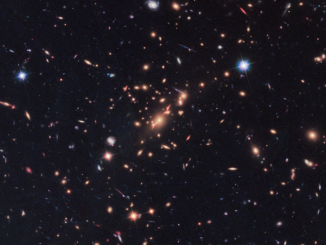
galaxies

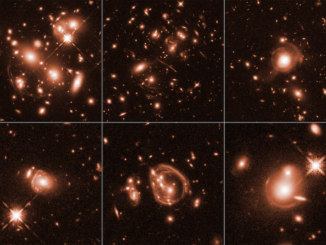

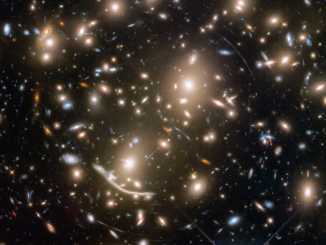
A lot of galaxies need guarding in this Hubble view
Like the quirky characters in the upcoming film Guardians of the Galaxy Vol. 2, NASA’s Hubble Space Telescope has some amazing superpowers, specifically when it comes to observing galaxies across time and space. One stunning example is galaxy cluster Abell 370, which contains a vast assortment of several hundred galaxies tied together by the mutual pull of gravity.
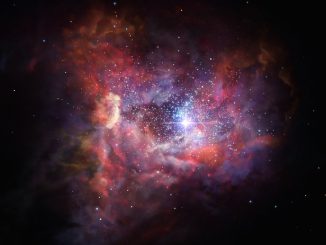
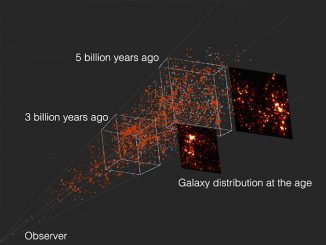
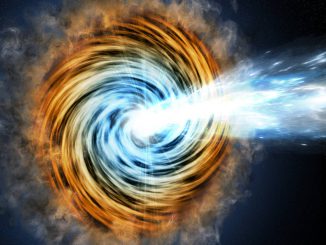
NASA’s Fermi discovers the most extreme blazars yet
NASA’s Fermi Gamma-ray Space Telescope has identified the farthest gamma-ray blazars, a type of galaxy whose intense emissions are powered by supersized black holes. Light from the most distant object began its journey to us when the universe was 1.4 billion years old, or nearly 10 percent of its present age.
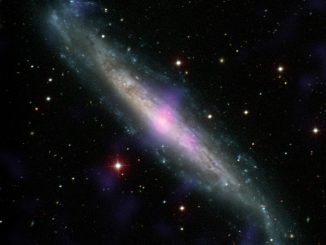
Black holes hide in our cosmic backyard
Monster black holes sometimes lurk behind gas and dust, hiding from the gaze of most telescopes. But they give themselves away when material they feed on emits high-energy X-rays that NASA’s NuSTAR mission can detect. That’s how NuSTAR recently identified two gas-enshrouded supermassive black holes, located at the centers of nearby galaxies.

Forming stars in the early universe
The first stars appeared about 100 million years after the Big Bang. When the universe was about 3 billion years old, star formation activity peaked at rates about ten times above current levels. Why this happened, and whether the physical processes back then were different from those today, are among the most pressing questions in astronomy.

Observable universe contains ten times more galaxies than previously thought
Astronomers using data from the NASA/ESA Hubble Space Telescope and other observatories have performed an accurate census of the number of galaxies in the universe. The researchers came to the surprising conclusion that the observable universe contains at least two trillion galaxies. The results also help solve an ancient astronomical paradox — why is the sky dark at night?
